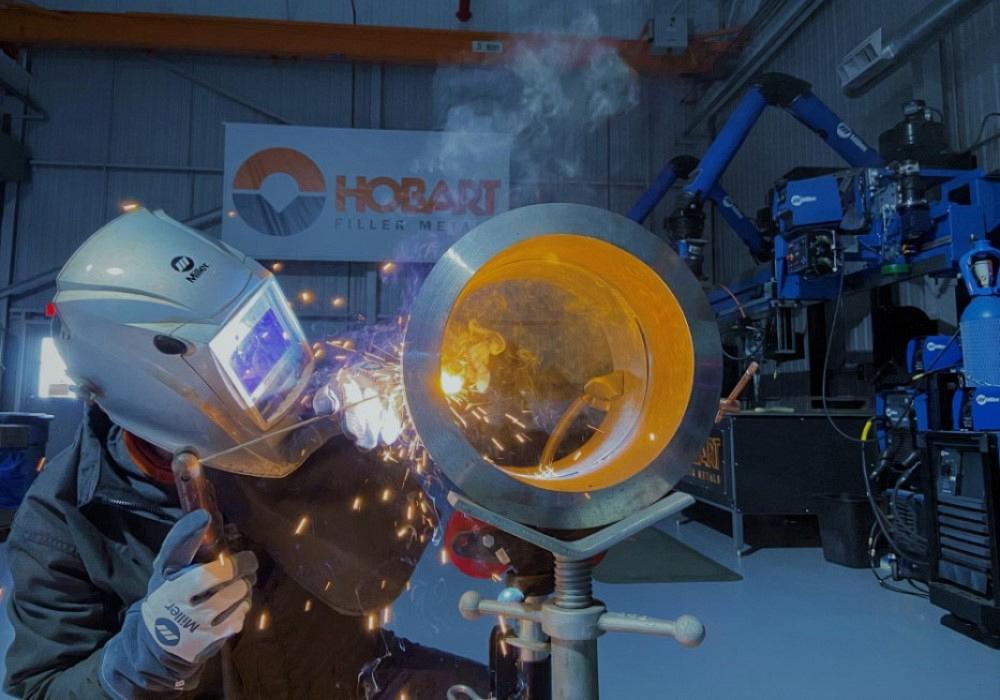Step-by-Step Overview to Preventing Weld Undercut in Different Metals
Understanding the Art of Welding: How to Prevent Undercut Welding Issues for Flawless Manufacture Results
By understanding the root triggers of undercut welding and carrying out reliable strategies to stop it, welders can boost their craft to brand-new degrees of quality. In the search of remarkable fabrication outcomes, mastering the art of welding to avoid undercut issues is not simply an ability yet a need for those making every effort for excellence in their job.
Recognizing Undercut Welding

To prevent undercut welding, welders ought to guarantee proper welding specifications, such as readjusting the current, voltage, travel rate, and preserving the correct electrode angle. Furthermore, using the suitable welding strategy for the specific joint setup is essential. Utilizing weaving activities or backstepping techniques can help make sure correct weld metal deposition and decrease the probability of undercut development. Regular evaluation of welds throughout and after the welding procedure is also essential to capture any kind of undercut very early and make necessary adjustments to stop more issues. Preventing weld undercut. By understanding the causes of undercut welding and executing precautionary actions, welders can achieve premium, structurally audio welds.
Reasons of Undercut in Welding
Understanding the aspects that contribute to undercut in welding is crucial for welders to produce top notch, structurally audio welds. Insufficient welding present or wrong welding speed can also add to damage. Understanding these causes and carrying out correct welding techniques can assist avoid damaging concerns, guaranteeing durable and strong welds.
Techniques to avoid Undercutting

To reduce the risk of undercutting in welding, welders can employ critical welding strategies intended at improving the high quality and integrity of the weld joints. Additionally, making use of the proper welding strategy for the certain joint setup, such as weave or stringer beads, can add to lowering undercutting.
Additionally, proper joint prep work, including guaranteeing clean base products without contaminants and using the ideal welding consumables, is vital in stopping undercut problems. Using back-step welding methods and controlling the weld grain profile can also aid distribute warmth uniformly and reduce the threat of undercut. Routine inspection of the weld joint throughout and after welding, as well as applying quality control procedures, can assist in identifying and attending to damaging issues immediately. By applying these techniques diligently, welders can attain flawless manufacture results with very little undercut flaws.
Importance of Appropriate Welding Criteria
Selecting and maintaining proper welding criteria is essential for accomplishing successful welds with marginal issues. Welding parameters refer to variables such as voltage, current, travel useful reference speed, electrode angle, and protecting gas circulation price that straight influence the welding procedure. These parameters should be thoroughly changed based upon the kind of product being bonded, its density, and the welding strategy used.
Correct welding criteria make certain the appropriate quantity of warmth is put on thaw the base steels and filler product evenly. If the criteria are established too expensive, it can cause extreme warm input, triggering spatter, burn-through, or distortion. On the various other hand, if the criteria are also reduced, incomplete fusion, lack of infiltration, or damaging may take place.
Quality Control in Welding Procedures

Conclusion
Finally, understanding the art of welding needs an extensive understanding of undercut welding, its causes, and strategies to stop it. By making certain appropriate welding parameters and applying quality control methods, flawless manufacture results can be attained. It is necessary for welders to regularly pursue excellence in their welding procedures to prevent undercut concerns and generate premium welds.
Undercut welding, an usual problem in welding procedures, happens when the weld steel doesn't effectively fill the groove and leaves a groove or clinical depression along the welded joint.To avoid undercut welding, welders need to guarantee correct welding parameters, such as changing the existing, voltage, travel rate, and maintaining the appropriate electrode angle. Poor welding current or inaccurate welding speed can additionally contribute to undercut.To alleviate the threat of i was reading this undercutting in welding, welders can utilize critical welding techniques aimed at improving the top quality and integrity of the weld joints.In final thought, understanding the art of welding calls for an extensive understanding of undercut welding, its reasons, and strategies to prevent it.